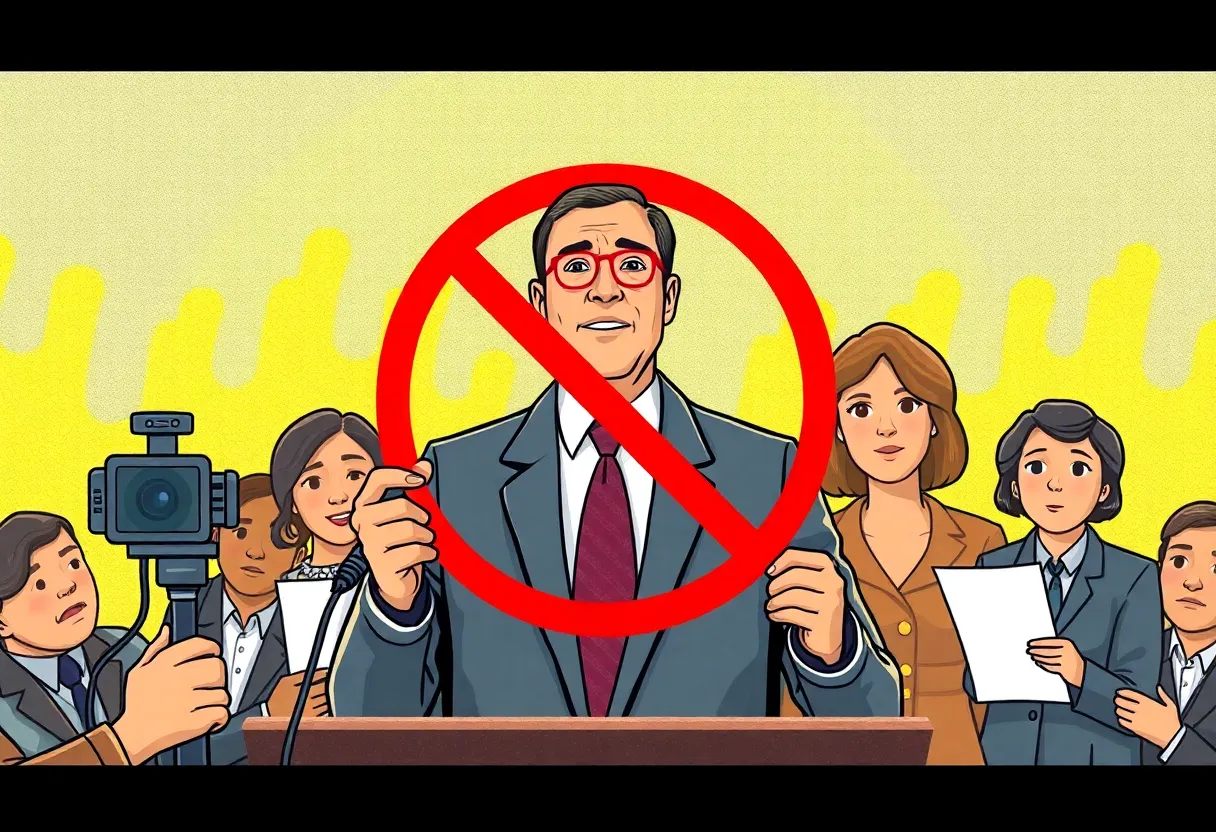News Summary
The EPA announces a ban on asbestos, aiming to protect public health against this carcinogenic substance linked to thousands of deaths yearly.
EPA Takes Decisive Action to Ban Asbestos Use in the U.S.
The U.S. Environmental Protection Agency (EPA) has announced a monumental ban on ongoing uses of asbestos, a toxic and carcinogenic substance that has claimed countless lives over the decades. This decisive action marks a significant leap towards ensuring public health safety and aims to combat the alarming figures indicating that approximately 40,000 deaths in the U.S. are linked to asbestos exposure each year.
Understanding Asbestos: The Silent Killer
Asbestos, once hailed as a “magic mineral” for its fire resistance and durability, has been scientifically established as a leading cause of various cancers, including mesothelioma, lung cancer, ovarian cancer, and laryngeal cancer. Despite its widespread use, the deadly repercussions of asbestos exposure began emerging in the 1960s, as researchers uncovered its direct correlation with severe health risks.
Currently, the only form of asbestos still in use or imported in the U.S. is chrysotile asbestos, predominantly utilized in several industries such as automotive parts manufacturing and the chlor-alkali sector, which is critical for producing chlorine essential for water disinfection.
Global Context: Where Does the U.S. Stand?
Over 60 countries around the globe have already implemented comprehensive bans on all forms of asbestos, including major nations like the UK, Canada, Australia, and Japan. In stark contrast, the U.S. has lagged in taking definitive action, primarily due to industry pushback and inadequate regulations that have historically delayed the complete banning of this harmful substance.
Details of the New Ban
The EPA’s latest ban is a phased approach, allowing a six-month transition for the automotive industry and a minimum of five years for the chlor-alkali industry to identify safer alternatives. Critics, however, argue that this timeline is excessive, with some calling for a more aggressive 15-year transition period instead. The urgency of the issue is underscored by the need to address legacy asbestos found in older buildings, which poses ongoing risks to public health.
Political Support and Historical Challenges
This action has drawn praise from various quarters, with some political figures highlighting it as a long-awaited movement for public health. However, the path to this ban has been fraught with difficulties, including previous attempts to regulate asbestos that were thwarted by court rulings and political resistance. A crucial ban attempted in 1989 was overturned by a court decision just two years later, leaving many communities at risk.
The Road Ahead: Addressing the Legacy of Asbestos
In addition to the ban, the EPA is actively assessing legacy uses of asbestos and asbestos-containing talc, striving to establish stricter safety protocols moving forward. Despite some industry groups contending that chrysotile asbestos is safe when utilized appropriately, research has consistently shown that no level of asbestos exposure is safe. The fiber can linger in the lungs for extended periods, increasing the risk of developing cancer dramatically.
The challenges laid bare by the asbestos crisis reveal the significant hurdles in translating established scientific knowledge about health risks into effective and timely policy actions. All in all, the recent EPA decision represents the most substantial measure under the Frank Lautenberg Chemical Safety Act of 2016, which has aimed to bolster chemical regulations in the U.S.
As the country heads towards a future hopefully devoid of the threats posed by asbestos, the fight for public health safety remains paramount, with advocates pressing for more immediate and thorough action across all sectors. With the potential for improved health outcomes, this pivotal moment may herald a new chapter in the long-standing battle against the perils of asbestos.
Deeper Dive: News & Info About This Topic
HERE Resources
U.S. Announces Historic Asbestos Ban: What You Need to Know
The Future of Mesothelioma Treatment: A Positive Transformation
United Kingdom Braces for Legal Battle Over J&J Talc Claims
Rising Tide of Lawsuits: Women Take on Pharma Giants over Health Risks
Community Mourns the Loss of Jack Wayne Area
Shining a Light on Mesothelioma: The Orphan Cancer That’s Still Suffering in Silence
Breakthrough in Mesothelioma Treatment: FDA Approves New Combination Therapy
Transformations in Mesothelioma Treatment: A Look at the Future
Woburn Sands Waste Site Operator Found Guilty
Concerns Grow Over Special Educational Needs in Central Bedfordshire



















